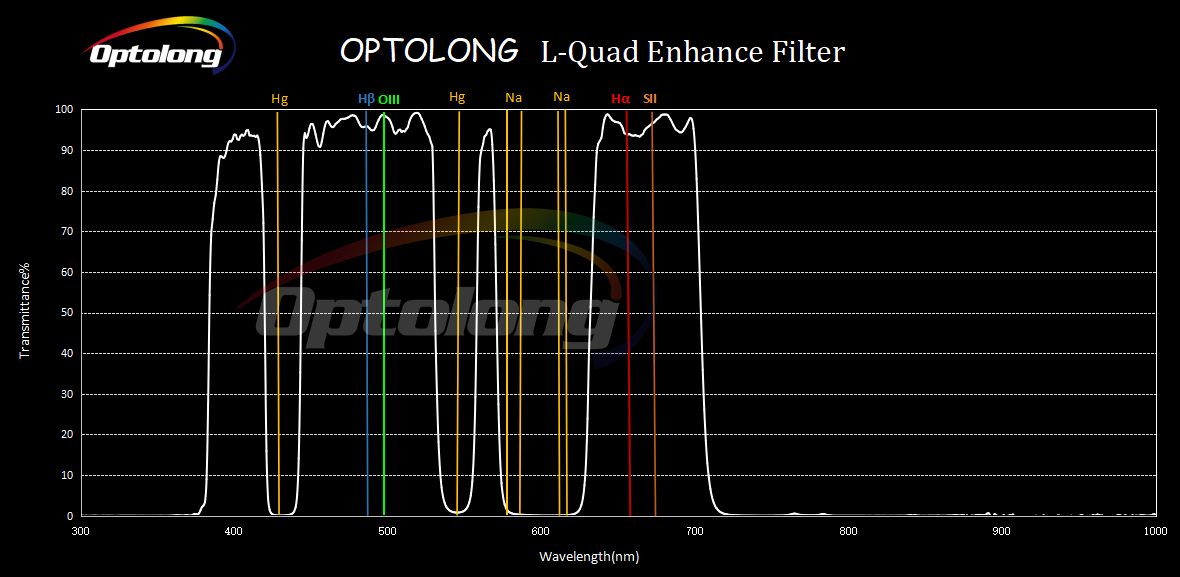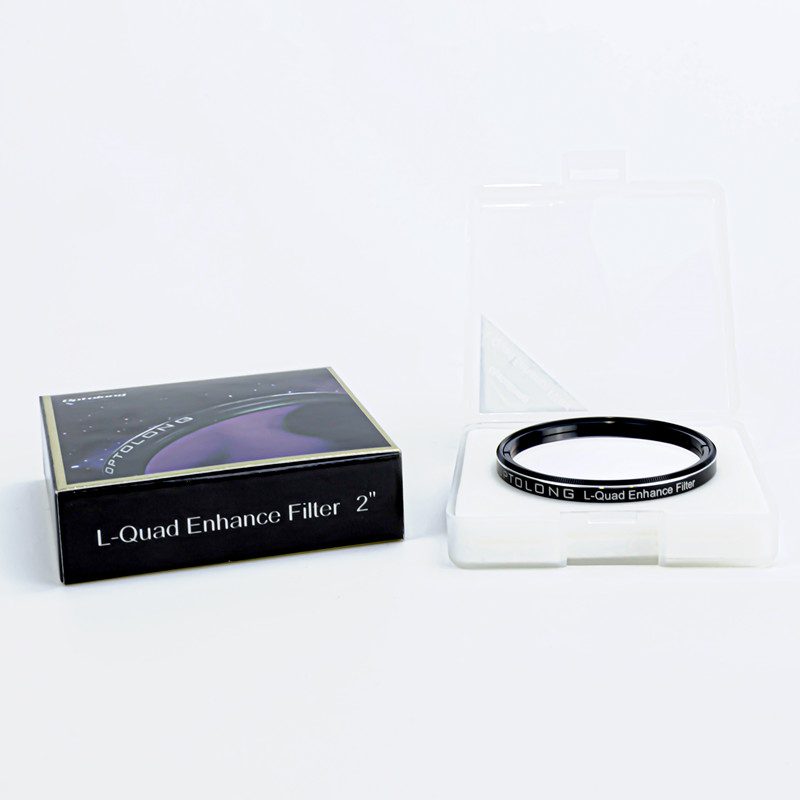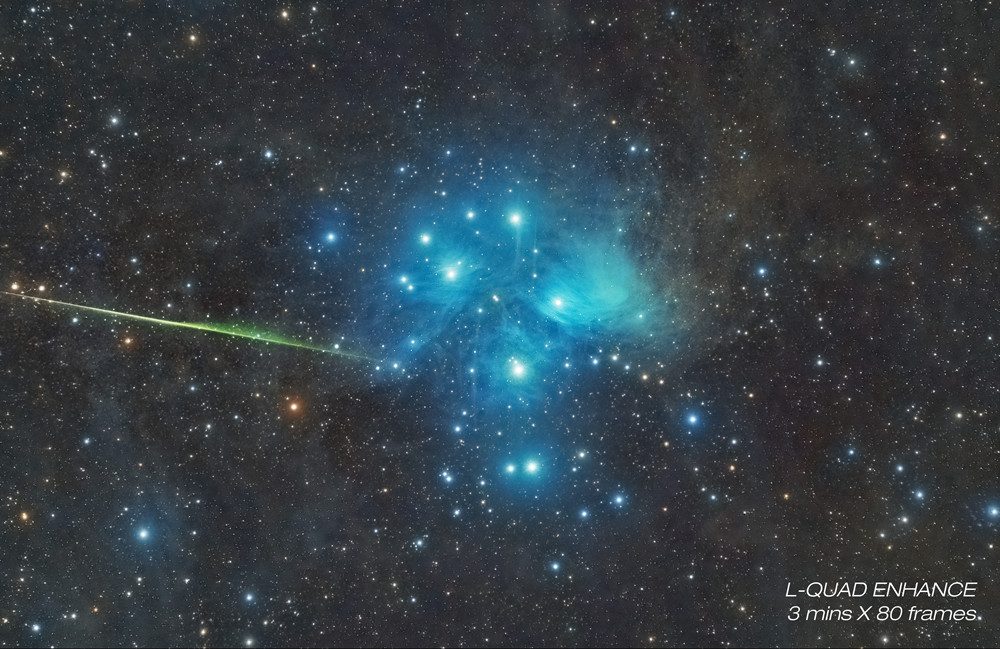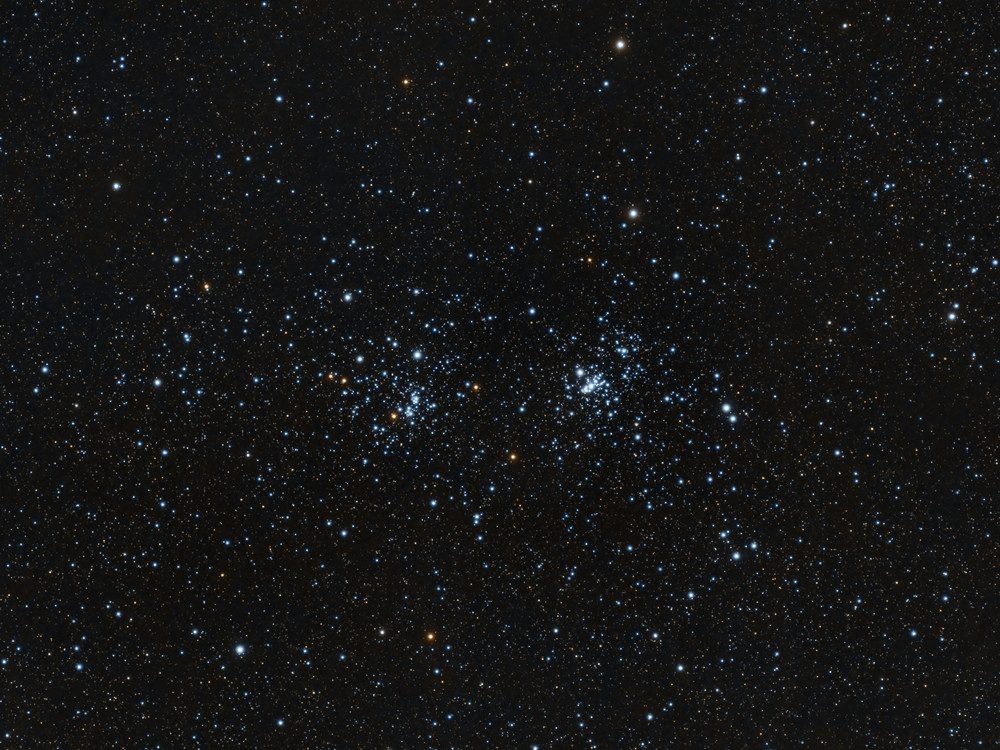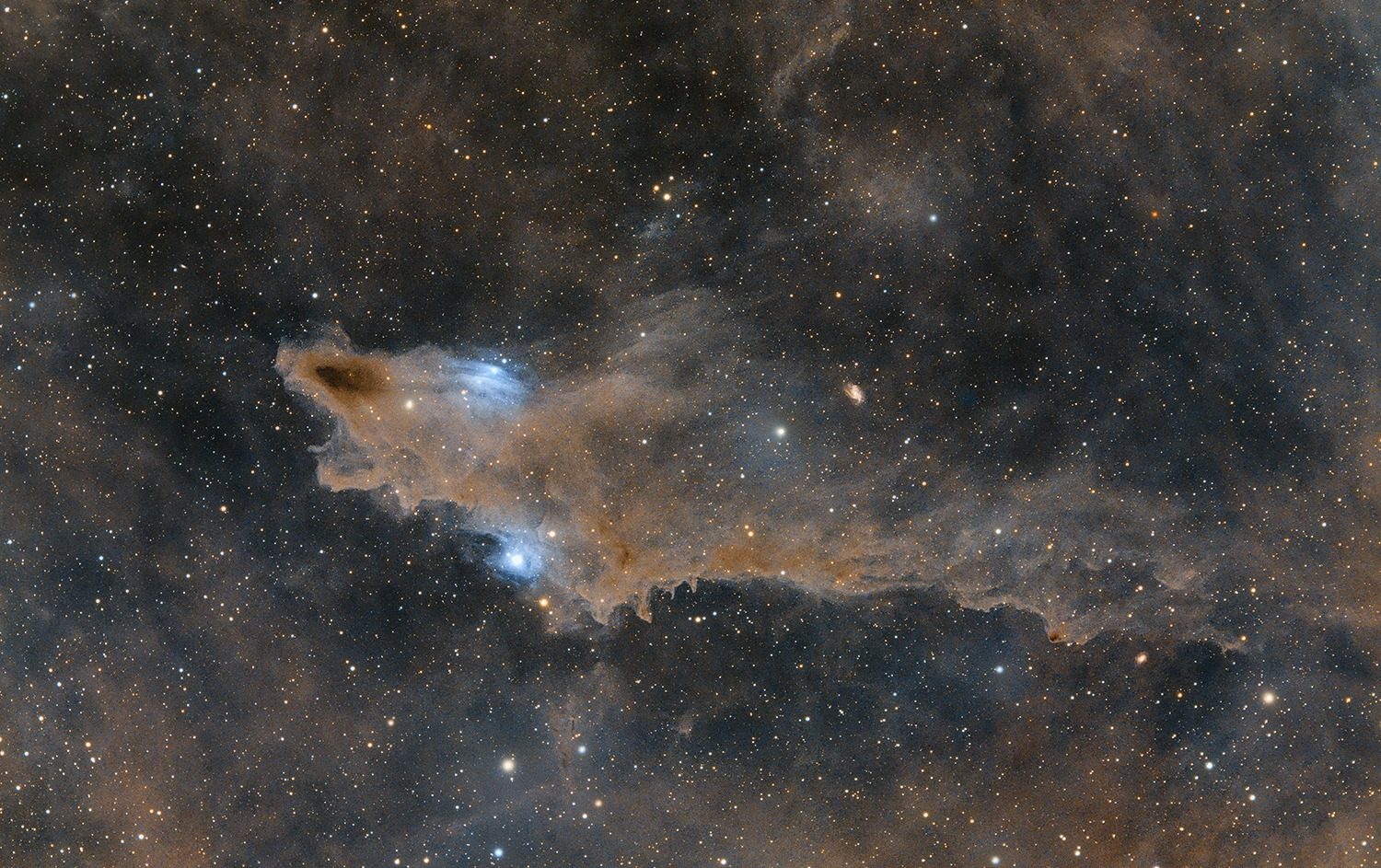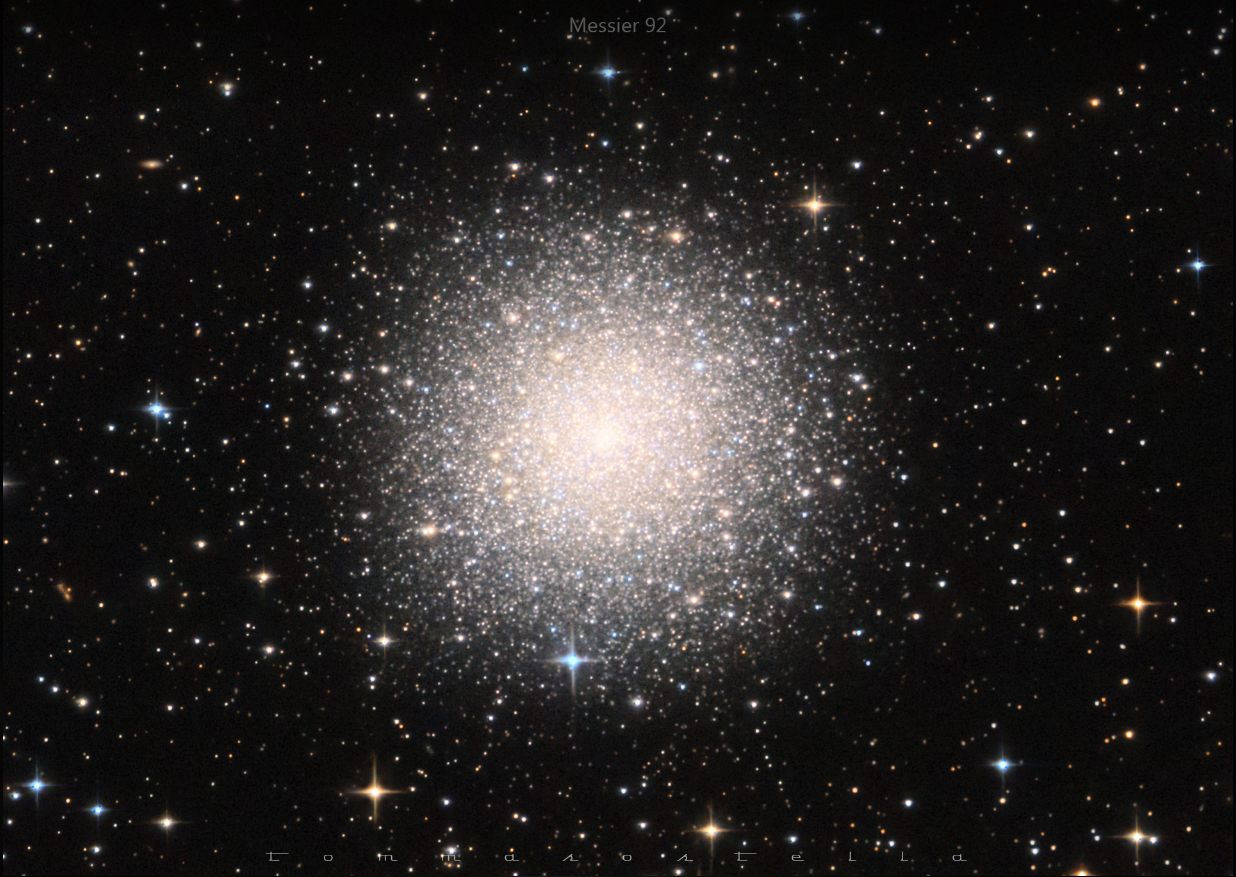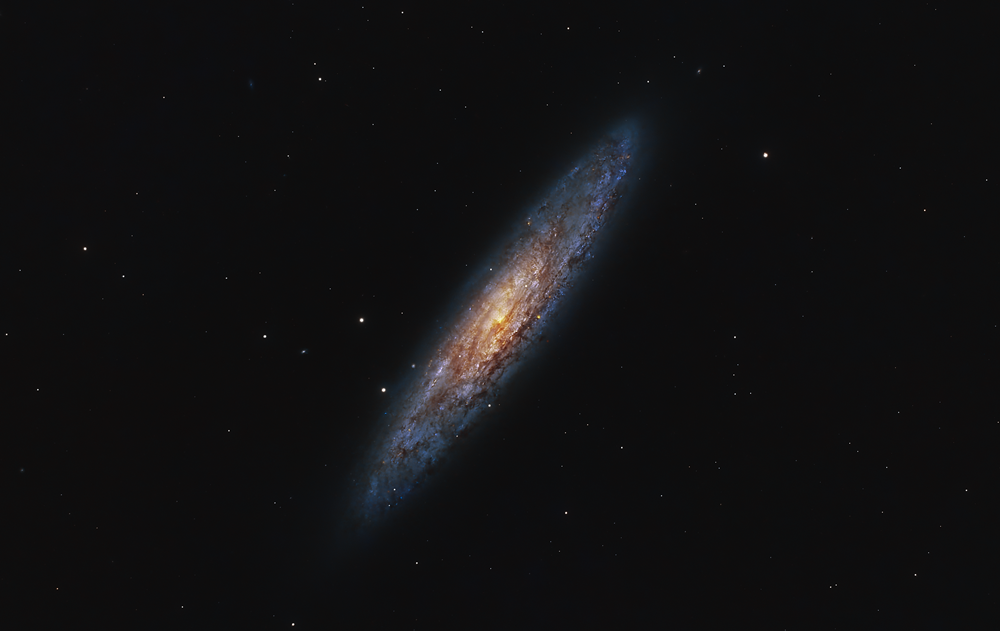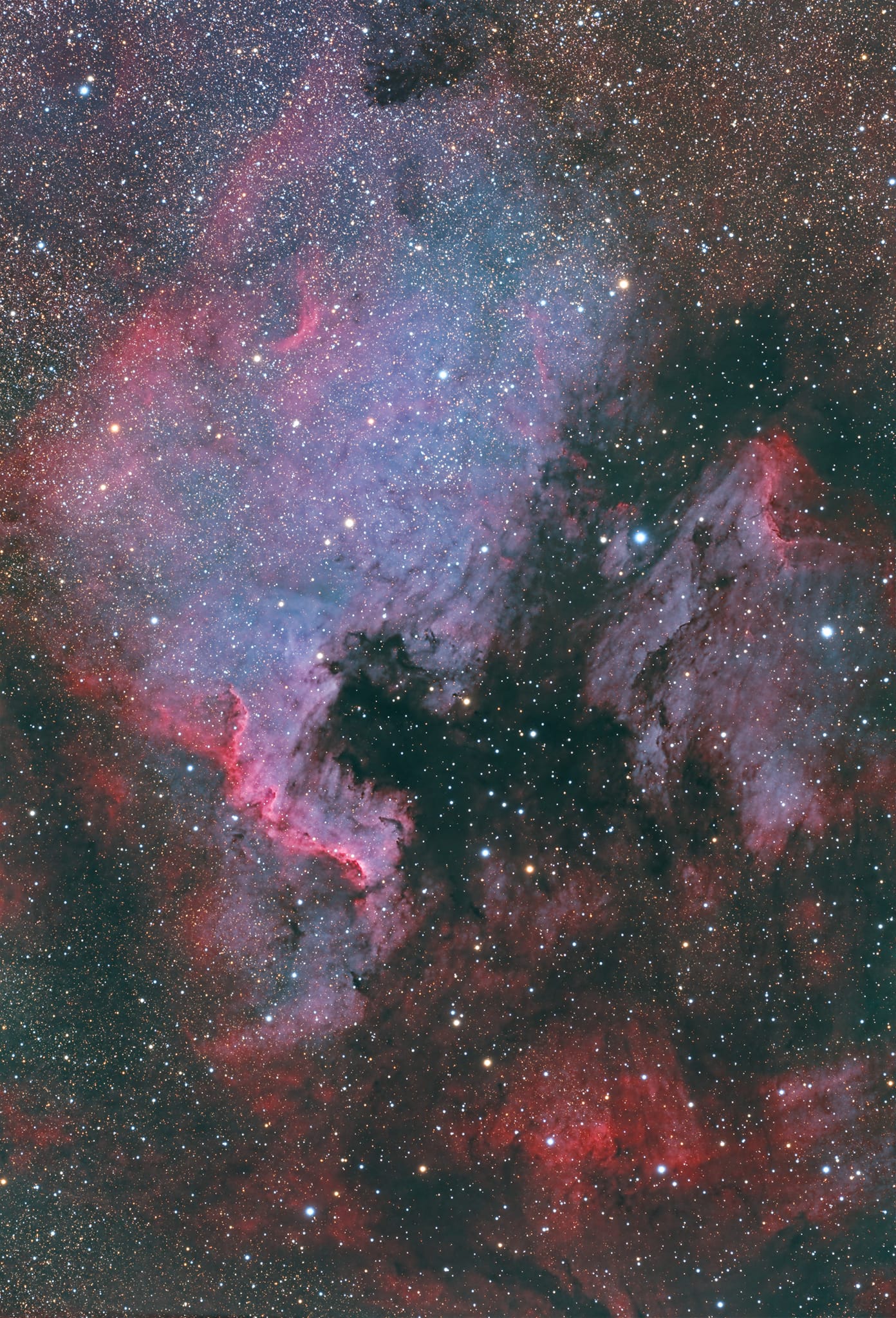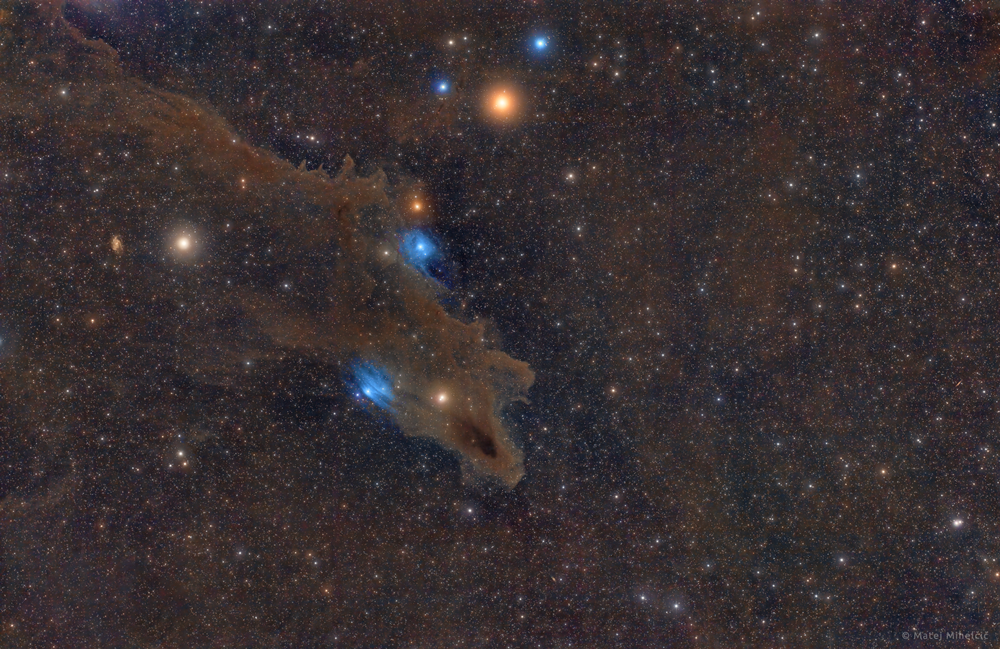Optolong L-Quad Enhance Filter (L-QEF) Light Pollution Suppression filter - 2"
รายละเอียด
สินค้าแนะนำ
รีวิว
ความคิดเห็น
ส่งให้เพื่อน
| 1. L-Quad Enhance Filter (L-QEF) L-Quad Enhance Filter (L-QEF) is a quad bandpass light pollution suppression filter for colour cameras. It effectively suppresses the transmission of light pollution wavelengths, especially light pollution generated by artificial lighting (including mercury and sodium lamps), as well as the effects of natural skylight-induced effects on the shot, thus effectively enhancing the contrast and details of the celestial bodies, and making the objects more distinct and stereoscopic. This filter provides better color balance while improving resistance of light pollution. L-QEF can be used for both wide field astrophotography, such as the Milky Way in Summer and Winter, and deep sky objects such as nebulae, galaxies, star clusters, and so forth; It allows you to save a lot of time during the shooting process and get better results at the same time. The design of quad bandpass maximises the colour balance of nebulae, galaxies and other broadband spectral targets.
Key Features: ♦Cuts out light pollution from mercury and sodium lamps and produces a nice broadband image with minimal colour cast; ♦Signal-to-noise ratio (SNR); ♦Near IR cut-off to 1000nm, reducing the effects of IR noise; ♦L-QEF has more than 90% transmittance of the nebula emission lines at H-Beta/OIII/H-Alpha/SII, with cut-off depth from OD2 to OD4, thus providing a significant increase in resistance to light pollution. L-QEF is good for night sky from Bortel 1 to Bortel 7 levels; (Bortel 8, Bortel 9 environments shall not be recommended, kindly chose Optolong other narrow-band filters, 3nm, 7nm type of filters are available.); ♦Suitable for wide range of deep sky targets: it covers most nebulae, galaxies, star clusters, reflected and emitted line signals astronomical objects with higher contrast and rich details while maintaining excellent colour balance. L-QEF is superior to other filters of the same type.
2.Spectrum and Characteristic
Based on the characteristics of celestial bodies’ emission lines and light pollution emission lines, L-Quad Enhance filter effectively reduces the impact of light pollution and suppresses the background light of astronomical objects, thus effectively enhancing the contrast and details of the celestial bodies. Using L-QEF filter can help you save a lot of time during the shooting process, yet obtaining incredible results.
How to read the chart? ▲The horizontal axis is the Wavelength in Nanometers(nm). ▲The vertical axis is transmission in %.
3. Coating Technology ·Multi-layers anti-reflection coating ·Non-cementing optical substrate coating ·Optolong filter adopts precision coating based on Ion-assisted deposition coating technology for durability and resistance to scratching, as well as stability on CWL(central wavelength) no deviation affected by temperature change. ·Planetary rotation system offers precision and homogeneity of coatings ensuring high value on transmission of pass-band and Optical density of off-band. 4. L- Quad Enhance Filter (L-QEF) Gloable Price
5. Packing Outer Box: silve box Plastic Box: PP material Lining: imported high pressure white EVA material
6. L- Quad Enhance Filter (L-QEF) Performance I. The Seven Sisters meet the Comet © Vincent Cheng (China Hongkong)
II. Double Cluster ©Astrodoc Ron Brecher(Canada) This image is a test of the new Optolong L-Quad Enhance Filter (LQEF), a light pollution filter for broadband photography. This test was conducted under a full Moon and moderate transparency – a tough test for any filter. For my first target I chose the Double Cluster to evaluate star colours and shapes. This filter performed well on these targets. I will test on a galaxy when the Moon is out of the sky. NGC 869 (right) and NGC 884 each contain hundreds of stars and are about 13 million years old (compared to 75-150 million years for the Pleiades). Lying about 7,500 light years away and a few hundred light years apart, they have a combined mass about 6,500 times our Sun’s. However, their combined halo is more than 20,000 solar masses. The clusters are moving towards us at a speed of about 40 km/s. These open clusters are bright enough that they were originally given star designations (h- and Chi Perseus). They are visible to the naked eye, appearing as an oval foggy patch in a dark sky. They look like sparkling white diamond dust in binoculars or a small telescope. Acquisition and Paramount MX control with N.I.N.A. No guiding All pre-processing and processing in PixInsight. Acquired from my SkyShed in Guelph on September 29, 2023. Average transparency and seeing, full Moon. 42x5m chrominance = 3hr30m
III. LDN 1235 Shark Nebula ©Andrea Maggi (Italy)
IV. The globular star cluster (M92) © Tommaso Massimo Stella (Italy) The globular star cluster (M92)
V. The Sculptor Galaxy © First Person View Astro (Frank Arapovic) Here is my latest edit of NGC253 also goes by the name of The Sculptor Galaxy or by the name The Silver Dollar Galaxy. It is estimated to be about 45,000 light years across and 11.4 million light years away from Earth. This image was taken with the new Optolong Filter User L-Quad Enhance Filter. This filter is excellent. The first thing you notice and really stands out after you open up the package is the build quality of the filter, it is second to none. You can see that the manufacturing and QC process has been to the highest standard. But as you can see in the image it's the results that truly matters and I have found that this filter is capable of doing what it states, providing excellent image quality in light polluted areas. Processing the image was easy too. There are no halos around bright stars thus far. I have imaged other targets but with only a limited amount of subs, such as M17 and NGC2070, however with the limited time I have had on those targets it's shown to be promising. I am yet to image some more difficult targets such as The Orion Nebula but I am keen to do so ASAP. The image was taken in a bortle 5 location with the moon out over two nights of the 4th and 5th of October 2023 Celestron EdgeHD8 at f7 Bortle 5, backyard Auckland, New Zealand
VI. NGC7000 and the Pelican Nebula © Shawn Nielsen (Canada) NGC 7000 (left) and the Pelican Nebula (right) imaged with the new Optolong Quad enhance filter for OSC.
VII. Shark nebula (LDN1235) © Matej Mihelčič (Slovenia) Shark nebula (LDN1235)
Photos by our customer - Kornelis Bakker (click on picture for full resolution) Taken with Askar SQA55 with ASI2600MC Pro and Optolong Quad Enhance (L-QEF) filter
Taken with Askar SQA55 with ASI2600MC Pro and Optolong Quad Enhance (L-QEF) filter
Taken with Askar SQA55 with ASI2600MC Pro and Optolong Quad Enhance (L-QEF) filter
Taken with Askar SQA55 with ASI2600MC Pro and Optolong Quad Enhance (L-QEF) filter
Taken with Askar SQA55 with ASI2600MC Pro and Optolong Quad Enhance (L-QEF) filter
Taken with Askar SQA55 with ASI2600MC Pro and Optolong Quad Enhance (L-QEF) filter
Taken with Askar SQA55 with ASI2600MC Pro and Optolong Quad Enhance (L-QEF) filter
Taken with Askar SQA55 with ASI2600MC Pro and Optolong Quad Enhance (L-QEF) filter
Taken with Askar SQA55 with ASI2600MC Pro and Optolong Quad Enhance (L-QEF) filter
About Optolong While Optolong is a relative newcomer to the astronomy industry, they are no strangers to optics and filters. Optolong is a division of Yulong Optics Company, a high tech company specializing in optical filter design and production. Their products include bandpass filters, flourescence filters, edge filters, longpass and shortpass filters, beam splitters, anti-reflection coatings, optical mirrors and, of course, astronomical filters. |
-
ZWO ASI174Mini USB2.0 Mono Guide Camera
฿14,390.00 -
ZWO ASIAIR PLUS, รุ่นความจุ 256GB
฿10,990.00
ส่งให้เพื่อน
บัญชี
รีวิว
ผู้ผลิต
สินค้าขายดี








ลิขสิทธิ์ © 2012-2025 ThaiExcite
















































































































